Yep, by popular demand, it’s another Tales of the Gun piece, this time focused on shooting cast bullets in my 1903A1 Springfield. I like shooting cast bullets in a rifle, and my intent is to use the Springfield with cast bullets only. I have two good buddies who also own ’03 Springfields, and we’ve all been playing with different loads to see what works best. I think I’m out in front here. I’ve been sharing my results with ’03 buddies, and I thought I’d share what I’ve found with you, too.
My Springfield is one that was built up from parts as an ’03, but with the scant stock, so it is sort of a wannabe 1903A1 in essentially as new condition. I bought it from a guy who had it built up but hadn’t fired it. I’ve written about the Springfield before here on the ExNotes blog, but I had not gone into any detail on the loads I am developing for it. The intent today is to talk a bit about some of the cast loads I’m playing with for this rifle.
But first, here’s a look at my rifle. It’s a magnificent old warhorse…

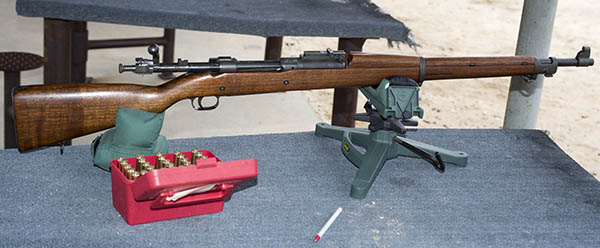
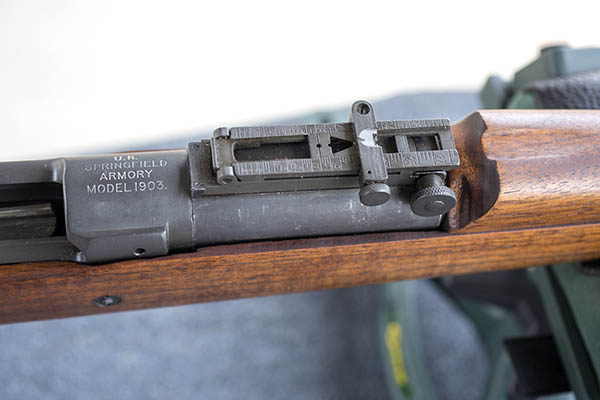
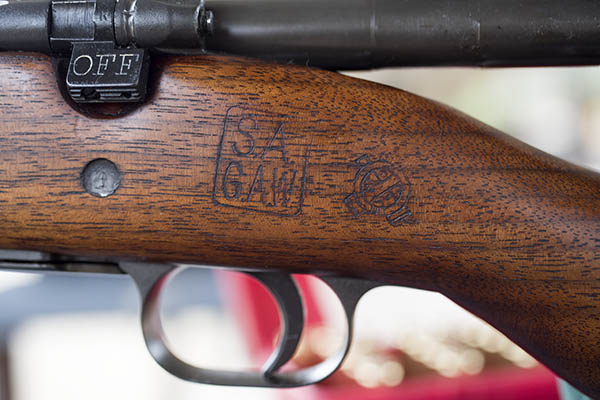
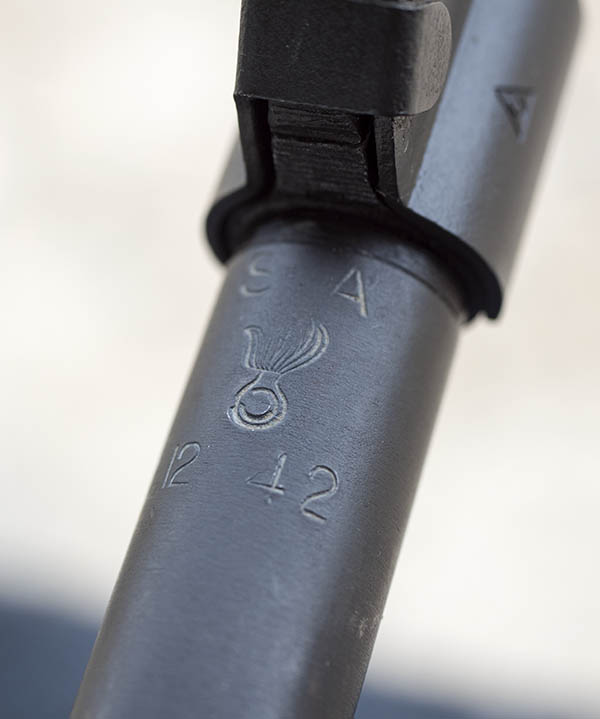
I had reasonably good results in an initial range session with this rifle using 190-grain gas-checked bullets sized to 0.309. I have a local guy who casts these bullets for me. The idea behind using a gas check is to prevent leading the bore.

For the initial range session mentioned above, I had prepared loads ranging from 21.0 grains to 24.0 grains of SR 4759 propellant, and I had the best results (just eyeballing the results) at 24.0 grains. In the first outing with the Springfield I wasn’t being too rigorous in my accuracy and test protocols; I just wanted to get an idea of what worked and what didn’t.
For my next set of accuracy tests, I went from 24.0 grains to 26.0 grains of SR 4759 in half-grain increments. Here are the results…

The risk in assessing accuracy from any of these tests is that a lot of the variation is my aiming error, and the resulting group sizes may not truly represent how the different loads perform in the rifle. Based on the above data, though, it looks like my Springfield wants to be at 24.5 grains of SR 4759. My Lyman manual says the muzzle velocity at that charge is somewhere around 1750-1800 fps. That’s hotter than I normally would want to be with cast bullets, but the above loads didn’t lead the barrel too badly. Recoil was moderate. For these loads, I did not trim the brass cartridge cases and they were uneven, and because of that, I did not crimp the bullets. I’m pretty sure I can get better accuracy if I trim the brass to a uniform length, weigh each charge, and crimp (I’ve always found cast bullets do better when crimped).
The above results were encouraging. The accuracy with cast bullets was good, but not quite as good as my Mosin or my 1909 Argentine Mauser. The Springfield shot just under an inch at 50 yards, which would be just under two inches at 100 yards, and with cast bullets and iron sights, that ain’t half bad. My Mosin and my Argentine Mauser will sometimes shoot into a half-inch at 50 yards. The Springfield might do that, too, if I trimmed the brass and employed all of the other accuracy tricks mentioned above. The good news is that I’m getting there. It took a while to get everything right for the Mosin and the Mauser. Rome wasn’t built in a day, as they say.
Encouraged by the above results, I reloaded more ammo with the 190-grain cast bullets to confirm the SR 4759 propellant results and to evaluate a few additional powders, including IMR 3031, IMR 4227, IMR 4198, 5744, Trail Boss, and Unique. The reason I wanted to explore using other propellants is that SR 4759 is a discontinued powder. I have a stash of it, but my two Springfield buddies do not, and someday I’ll run out of 4759.
I was able to repeat the 4759 results (it’s a good propellant for cast bullets), and I found the other propellants show potential for great accuracy, too. Here are the results (all at 50 yards) with the other powders…
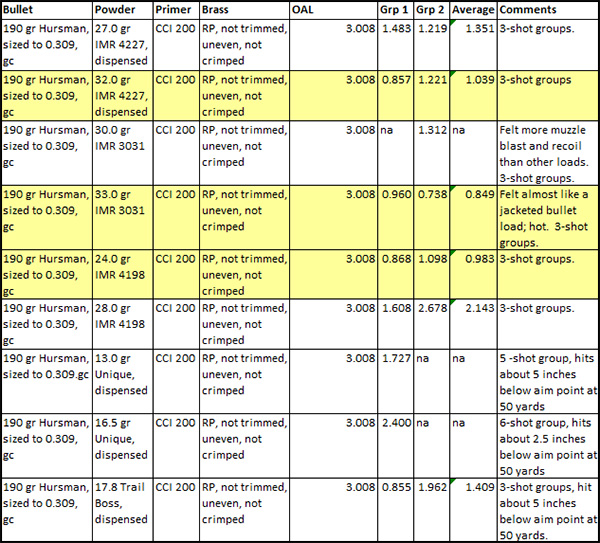
It was raining when I shot the above loads and I got my targets and loads mixed up a bit (eh, it happens). I got enough out of the range session, though, to form some general impressions. The loads generally seem to fall into two categories:
Hotter loads. These loads were roughly 70%-80% of what jacketed loads would be (with recoil nearly like a jacketed load). Surprisingly, these had very little leading with the cast bullets. In particular, IMR 3031 worked well and it nearly had the recoil of a regular 30 06 jacketed load.
Milder loads. These were in the 1500 fps range. These have lighter recoil and were moderately accurate, but they drop significantly at 50 yards compared to the hotter loads. These are easy on the shoulder, but the drop put them off the target and they would require flipping the elevated ladder sight up on the ’03 to get back on target. For that reason, I’m not doing any more work with these. In this group, though, 13.0 gr of Unique gave decent (not great, but decent) groups. Trail Boss did okay, too. The Trail Boss loads were super light. Recoil was about like a .22.
The good news is that IMR 4227 works well in the 30 06 Springfield with the 190 grain bullets. (The reason it’s good news is that one of my Springfield buddies has a lot of 4227 on hand.) The bad news is that 4227 is not in the current Lyman reloading manual. I have older manuals from the 1970s that list 4227, and that’s where the load data came from.
In cleaning the Springfield after the above range sessions, I checked the action screws (the two that secure the barreled action in the stock) and while they were snug, they were not fully tightened. I tightened them and it’s likely accuracy will improve. Next time, folks. A properly-secured action, trimmed brass, crimped bullets, and good weather with no wind at the range…those half-inch Springfield groups are out there. I just need to find them.
Like what you’re reading here? Check out our other Tales of the Gun stories, and please sign up for our automatic email blog updates!

Though I don’t have anything to do with guns, I always find stories like this very interesting. Keep it up.